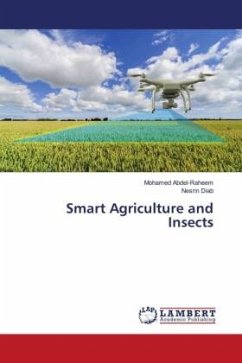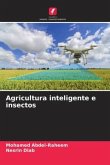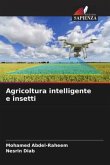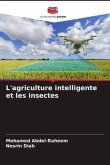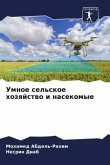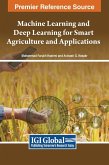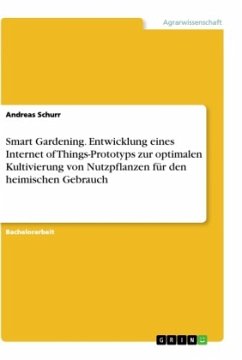Artificial intelligence and image recognition technologies are combined with environmental sensors and the Internet of Things (IoT) for pest identification. Real-time agricultural meteorology and pest identification systems on mobile applications are evaluated based on intelligent pest identification and environmental IoT data. We combined the current mature A IoT technology and deep learning and applied it to smart agriculture. We used deep learning YOLOv3 for image recognition to obtain the location of Tessaratoma papillosa and analyze the environmental information from weather stations through Long Short-Term Memory (LSTM) to predict the occurrence of pests. The experimental results showed that the pest identification accuracy reached 90%. Precise positioning can effectively reduce the amount of pesticides used and reduce pesticide damage to the soil. The current research provides the location of the pest and the extent of the pests to farmers can accurately use pesticide application at a precise time and place and thus reduce the agricultural workforce required for timely pest control, thus achieving the goal of smart agriculture.

